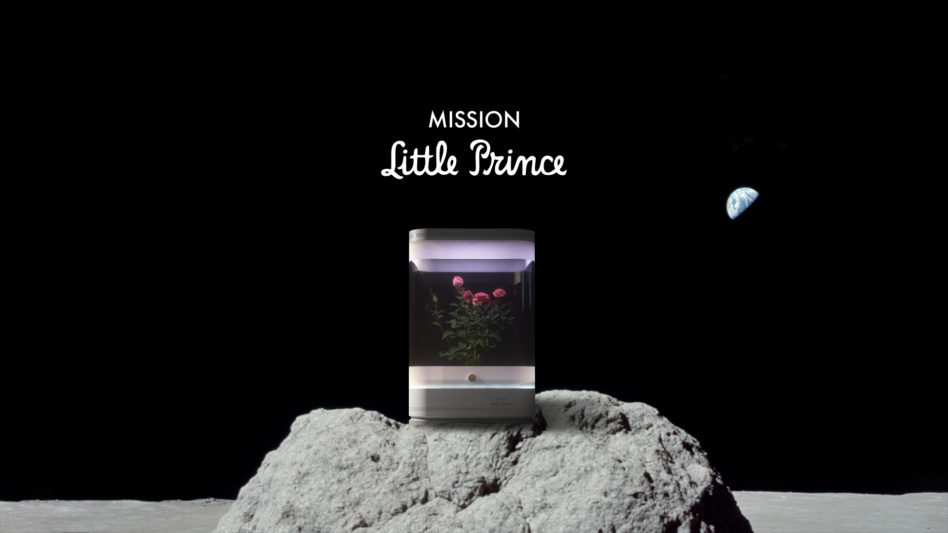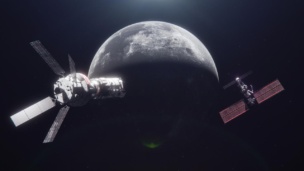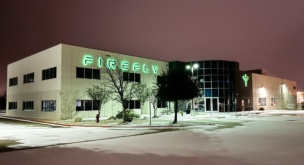If Interstellar Lab has its way, future astronauts may be able to literally stop and smell the roses while working on the Moon.
The biofarming startup recently announced Mission Little Prince, an ambitious plan to deliver a rose in bloom to the barren, gray lunar surface, and beam a picture back to Earth.
Meet Interstellar Lab: Barbara Belvisi founded Interstellar Lab five years ago with the aim of helping humans become multiplanetary through building pods with controlled environments from temperature to humidity that can be used to grow plants on Earth and in space.
The company, which is headquartered in Paris, has a terrestrial business, including growing for health and beauty and research customers, but always had a plan to bring its pods to space, Belvisi said. To that end, Interstellar Labs hired Jacob Scoccimerra, who previously worked at Nanoracks, as the firm’s space program lead in March.
Little Prince origin story: Belvisi told Payload that she wanted to make sure the company’s first lunar mission would be “that one that can help trigger a common dream on Earth.” She thought of The Little Prince, a French novella by Antoine de Saint-Exupéry that has been translated into 300+ languages. It was also a favorite of Belvisi growing up.
In the book, a little prince living on an asteroid cares for a rose growing there.
The tech: Little Prince will take steps to help Interstellar Labs advance its technology and gain flight heritage on the Moon.
“It’s getting our team’s feet wet in spaceflight hardware,” Scoccimerra said. “There’s science and engineering that will occur that will lead to this end product, and I think that it’s critical for our other purposes.”
Some of the biggest technical challenges the team is facing, according to Scoccimerra, include
- Protecting the rose from radiation on the lunar surface inside a transparent case that will allow for a photo of the plant on the lunar surface
- Controlling the temperature once the container is standing alone on the surface, which can experience extreme hot and cold temperatures
- Ensuring the rose gets the water and nutrients it needs in a low pressure, low gravity environment that makes traditional irrigation systems difficult to use.
When, where, and how: The mission is expected to launch aboard Starship’s first flight to the Moon in 2026. The pod containing the rose will ride aboard Astrolab’s FLEX rover, which will place it directly on the lunar surface.
What’s next: The company isn’t jumping right to the Moon for its first foray into space. It’s planning to fly its Bloom mission aboard the ISS in 2025 to conduct plant growth experiments in microgravity. Interstellar Lab is also a finalist in NASA’s Deep Space Food Challenge, in which companies are competing to design systems that can produce food in space with limited resources while producing little waste. The space agency will crown a winner this year.



